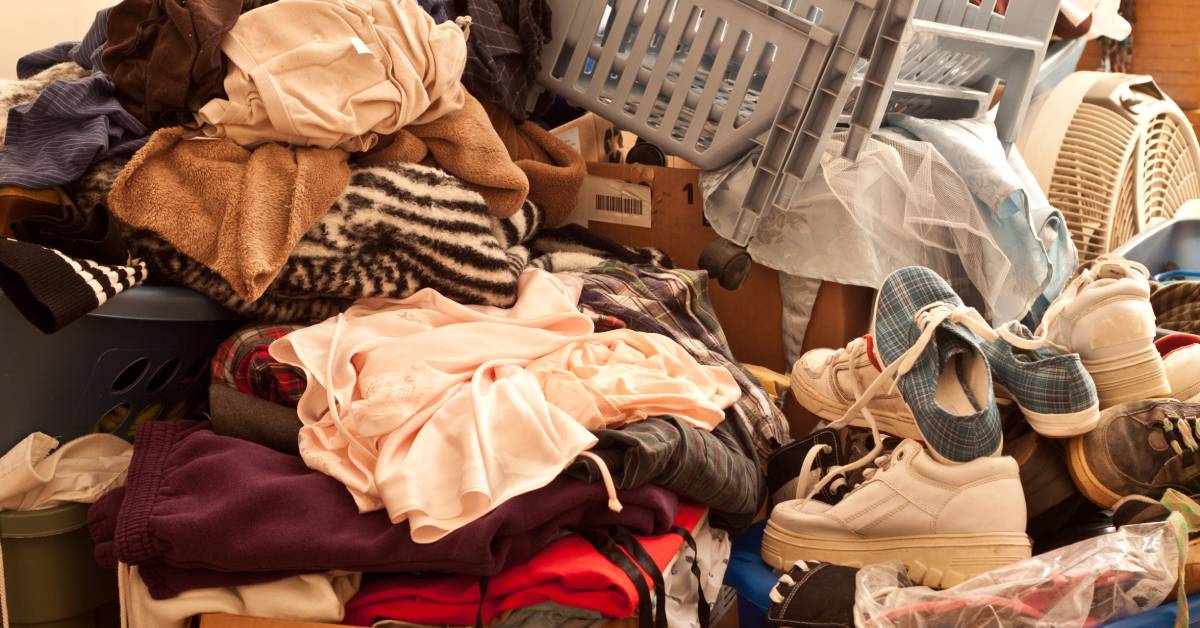
Hoarding is a complex mental health disorder characterized by a continuous accumulation and saving of items, leading to an accumulation of clutter in the home. Because this disorder is often a coping mechanism brought on by trauma, it’s important to approach loved ones in these situations with patience and care. However, it’s also important to keep in mind that there are safety hazards in hoarded environments that can put you and your loved one in a potentially dangerous situation.
Fire Hazards
Hoarded environments are particularly susceptible to fire hazards due to the excessive accumulation of flammable materials such as paper, cloth, and plastics. These items are like tinder and can easily ignite and rapidly spread flames throughout the home, creating a perilous situation. Overloaded electrical circuits, a common issue in hoarded homes, further increase the risk of electrical fires.
Blocked Exits and Entrances
Blocked exits and entrances pose a severe danger in hoarded environments, significantly hindering the ability to quickly evacuate or enter the home in emergencies. The accumulation of clutter often covers doorways, hallways, and windows, making it difficult to move freely and access safe escape routes. Firefighters, paramedics, and other emergency responders may struggle to navigate these confined spaces, which can delay critical assistance during urgent situations.
Fall Risks
In hoarded environments, the risk of falls is significantly heightened due to the extreme clutter that often blocks walkways and staircases. Piles of items, such as stacks of newspapers, boxes, and other miscellaneous objects, can create tripping hazards that make it difficult to safely navigate the space. Additionally, accumulated clutter can obscure potential dangers, such as uneven flooring or hidden cords, increasing the likelihood of accidents.
Pest Infestations and Biohazards
The excessive accumulation of items can even provide shelter for rodents, insects, and other pests, which thrive in cluttered spaces. These pests can spread diseases and contaminate food sources, further compromising the safety and health of those living in the home.
Moreover, hoarded spaces are prone to the buildup of mold, dust, and other allergens, which can exacerbate respiratory issues and other health problems. Decomposing food or organic matter can also lead to unpleasant odors and the growth of harmful bacteria.
Structural Damage
Structural damage is another safety hazard associated with hoarded environments, often unseen or forgotten amidst the visible clutter. The excessive weight of accumulated items can strain floorboards, ceilings, and walls, potentially leading to dangerous structural weaknesses or even collapse.
In severe cases, the sheer volume of belongings can block ventilation systems, exacerbating humidity problems and promoting mold growth, further undermining the building’s integrity. Additionally, hoarded items can obstruct routine maintenance, making it difficult to spot and address issues like leaks or cracks that could escalate if left unattended.
By recognizing and addressing the myriad safety hazards present in hoarded environments you can actively work towards creating a safer living space for your loved ones. However, if you’re looking to remove the clutter and remediate a space, it’s time to call in the professionals
At Affinity Bio Solutions, we provide meticulous and compassionate hoarder clean-up services in Arizona. Our experienced team prioritizes safety while respecting the emotional attachment to items, creating a supportive environment for loved ones throughout the remediation process.
